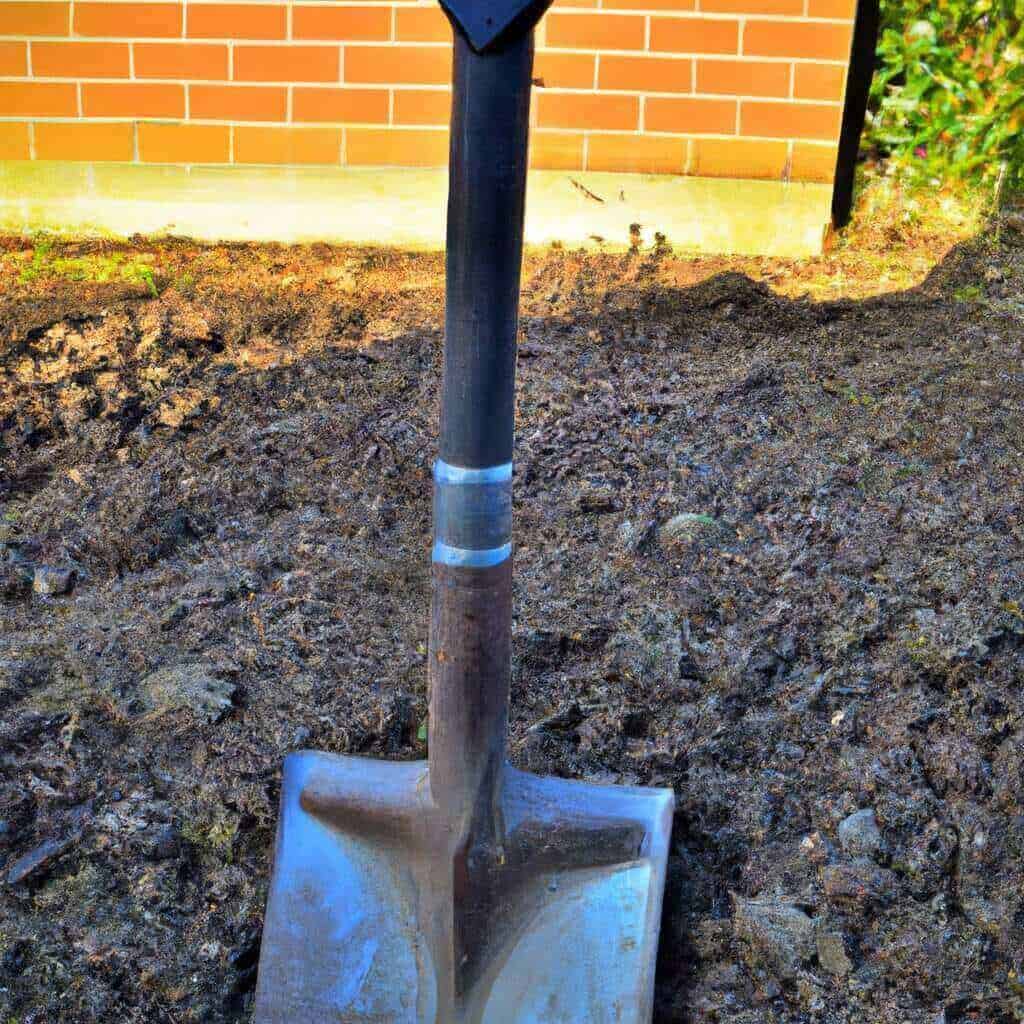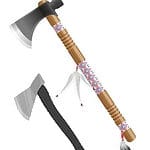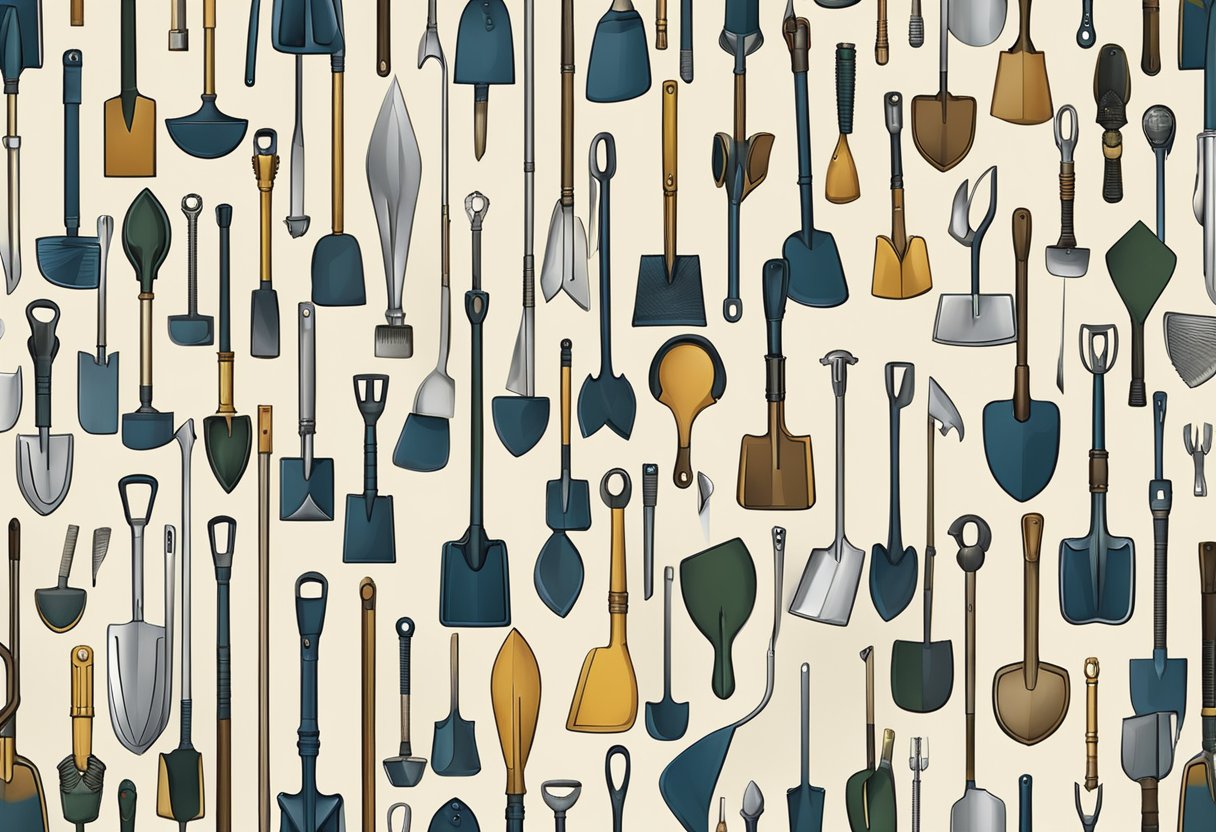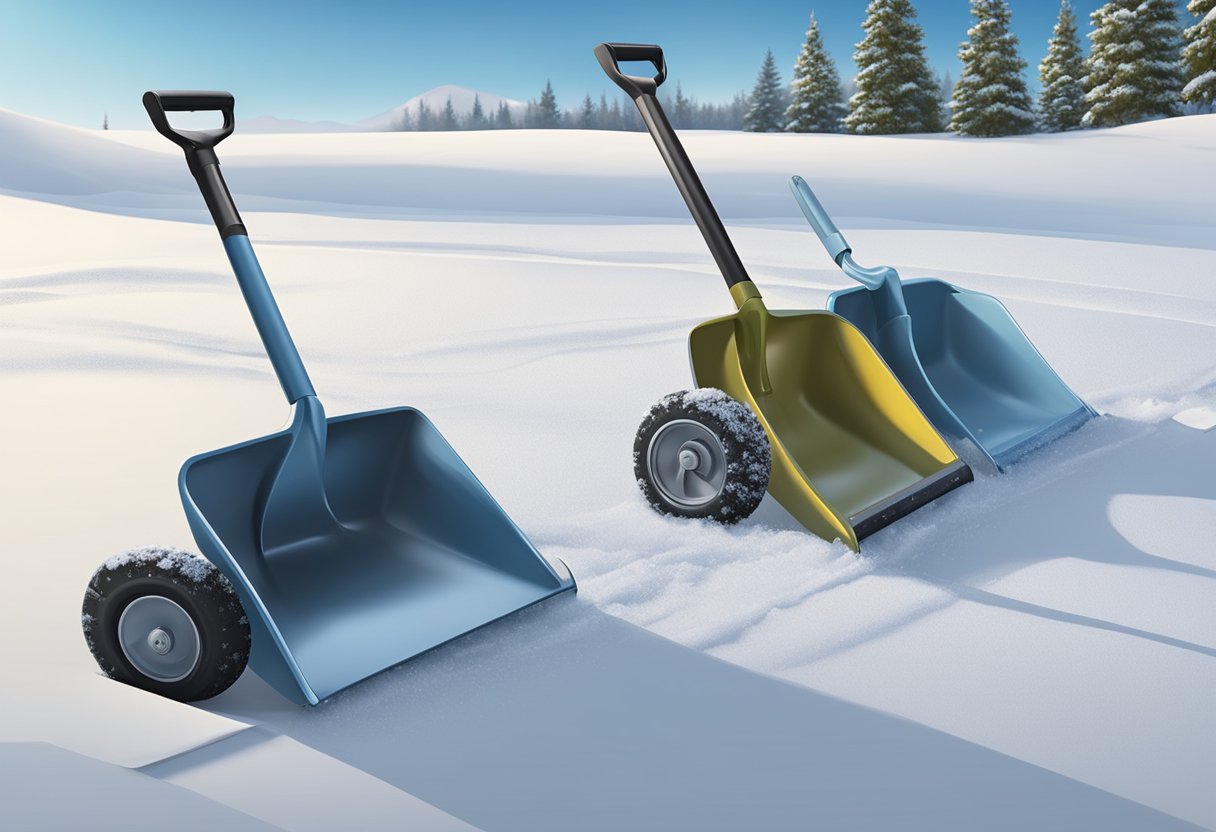A razorback shovel is a spade with a curved blade that narrows to a point, is designed to make cutting through hard soil more manageable, and features an ergonomic handle for increased comfort during use. In addition, the blade’s sharp edge allows for precise digging and makes it more efficient regarding energy expenditure.
Table of Contents
Razorback Shovel Uses
Edward Durrell imagined a new kind of shovel in the 1930s that was thicker along the spine, has a solid socket double riveted onto the handle and was stronger yet lighter than other shovels. He named it “Razor-Back” after North American wild hogs, which have a tough, raised spine, a hide like steel, and the habit of ripping up fields like bulldozers.
Razor-back.com
A razorback shovel is a multipurpose tool perfect for cutting through harsh surfaces like rock and is ideal for digging holes and lifting soil and debris. So the razorback shovel is perfect for various tasks around the house and garden, from digging out an old toilet to levelling the ground, digging a hole, preparing garden beds, and edging and cutting trenches.
These shovels are also an excellent choice for various applications in the city, construction sites or for tasks on the farm or ranch, including plowing fields, digging flower beds, and breaking up snow or ice. They are made with heavy-gauge steel for strength and durability and a reinforced collar for added strength and durability. The extra-long blade and razor-sharp edges are ideal for levering through hard-packed soil, snow, roots, and other debris. Though the price may be higher than other shovels, its overall value makes it an excellent investment.
Razorback shovels come in various sizes, from small to extra-large, and can be used for multiple tasks. They also come in different blade styles depending on the job, e.g. straight blade for scooping and prying, round point blade for slicing into tight spaces, and square point blade for deep digging.
The razorback is best for digging hard soils, and hard-packed ground as it can easily handle gravel, clay and packed snow, and this shovel’s sharp edges make it ideal for edging, trenching, and other excavation tasks.
Use a razorback shovel to move soil or other materials from piles into wheelbarrows or dump trucks, level the ground, or break up hard-packed dirt. The razorback shovel can also help handle heavy-duty tasks such as moving large rocks or tree stumps. Overall, the razorback shovel is an excellent tool for those looking for an efficient, versatile shovel with many uses.
Tips For Using A Razorback Shovel
- Choose the right blade size depending on your digging needs. A shovel’s blade should be large enough to cover the area you are working on quickly but not so large that using the shovel becomes cumbersome.
- Check the handle for any signs of wear and tear. If the handle has been damaged, it can be repaired by replacing the broken parts with new ones or replacing the shovel. However, when the handle is cracked or broken, it is imperative to take action to avoid injury.
- Oil the blade and handle periodically: Oiling your shovel’s blade and handle will help prevent rust and corrosion.
- Maintain a good grip on the handle and use proper posture while digging, as this will help you maintain control over the shovel, which is essential when digging in uneven terrain or with heavy soil. For example, always keep your arms straight and perpendicular to the ground when using a razorback shovel. Also, ensure your body is balanced, and your knees are bent, not pulled forward or pulled back.
- Wear gloves for better grip as this will provide a secure and comfortable grip for shovelling activities.
- Learn how to sharpen and care for your shovel blade to ensure longer life. Use a sharpening stone to keep the blade in optimal condition and maintain the edge regularly to ensure it can perform its duty long, saving you money in the long run. When the shovel becomes challenging to use because of a bent blade or the edges are dull or too sharp, fix the problem by repairing the damaged parts or replacing the entire item with a new one. Alternatively, consider having them professionally sharpened to get them back to their original shape and sharpness again.
- Select the most comfortable handle length for your height.
- Clean and store your shovel in a cool, dry area away from direct sunlight to prevent rusting and damage. Our guide Best Storage Options For Your Shovel offers great ideas to prolong the life of your shovel.
Advantages And Disadvantages Of A Razorback Shovel
Advantages
- Lightweight frame
- Wide blade to reduce strain on the user
- Multiple uses: digging or levelling applications, trenching, edging, and hard-packed snow removal.
- Dramatically reduces the time required to dig a hole so that you can get back to work quickly and efficiently.
- It helps with back pain by reducing the amount of bending and lifting involved while digging.
- It is durable and easy to maintain.
Disadvantages
- The handle may not be suitable for heavy-duty work.
- The wide blade shovel design can be challenging to get a deep cut into hard soil or clay.
- The wide blade shovel is harder to use in tight spaces and when heavy-duty digging is required.
- The handle is usually shorter than other shovels, so it may not be comfortable for taller individuals.
- A wide blade shovel design makes it harder to control and balance during heavier digging.
Final Thoughts
A razorback shovel is an excellent option for those looking for a durable, lightweight shovel with multiple uses. It’s ideal for digging in various terrain and conditions and levelling and trenching applications. Its wide blade design can help reduce strain on the user while saving time on projects.






